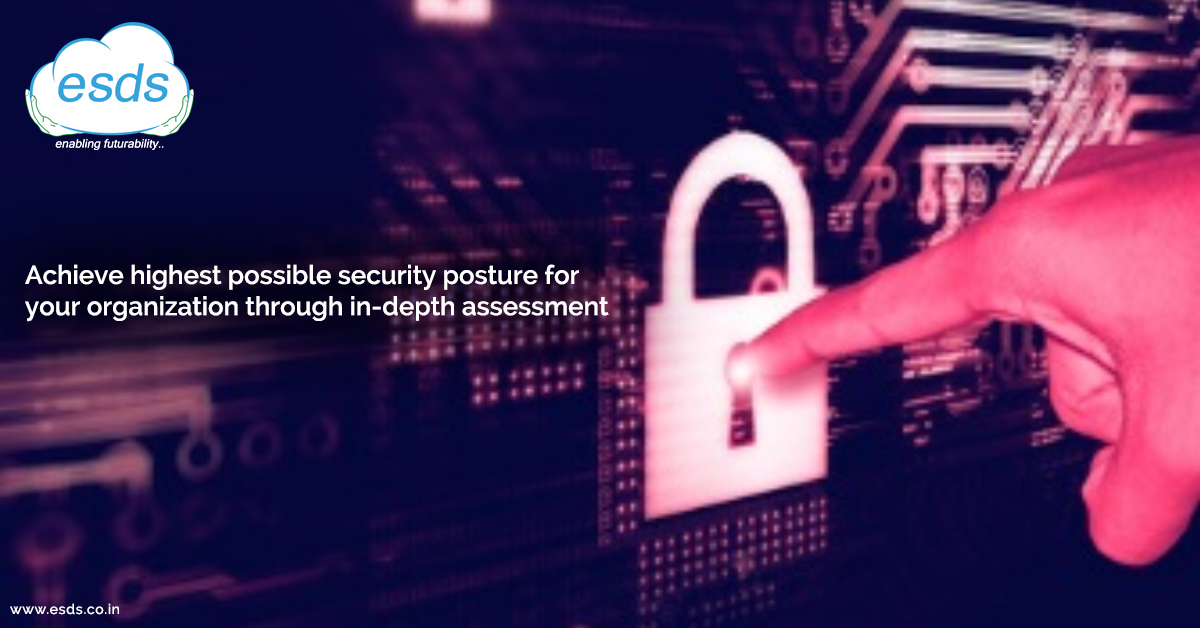Safeguarding your Organization from Internal Threats
Just a quick recap from my previous blog where we focused majorly on How crucial data is and what’s even more important is its security. We also saw some standard practices for ensuring Data Security.
1. Disk Encryption- Converting data into a form that cannot be easily interpreted without a key that makes it legible.
2. Backups- Creating multiple copies of data at regular interval so it can be recovered if the original copy is lost.
3. Data Masking- Masking certain areas of data so sensitive information can be protected from unauthorized access.
4. Data Erasure- Ensuring data no longer in use is completely removed and cannot be recovered by unauthorized people.
Threats are not always bound by external sources; we need to focus on Insider Threats as well which now a days are posing more serious risks to any organization. We do have lots of security measures inside our perimeter but is it not enough? Speaking of an organization like ESDS, need to protect its integrity from our staff, vendors, customers who have Co-located their servers, Contractors, etc. The in-depth knowledge of our Network Layout, Connectivity, Policies, Processes, Business practices completely lie in the hands of our staff members.
One interesting fact about security which I came across while browsing the security zone website is maximum data breaches occur due to Internal Attackers.
The study also revealed, Organization that incurred serious loss and negative financial impact was of major share of 68%.
Most of the Internal Threats can be prevented rather it is manageable to prevent by giving proper Trainings to the employees. What an organization needs are a clearly drafted and defined policy framework that is implemented across the complete organization and monitored regularly by the Security Teams. Following are some of the steps which will enable an organization in prevention against internal threats.
1) First Security Policy
Your ISMS 27001 should include the Information transfer process. How is the data flow for Internal Teams? Similarly, while sending data outside your organization, it should be sent through secure network.
Organization Chart is another important aspect. Hierarchy should be followed in-case of any incident. Specify in your Security policy who is allowed to access which data. Even with whom the employees are allowed to share the data. Inform the consequences if any data is mishandled.
2) Educate your employees
Every department of your organization has some localized data within the department. This data might be of high or low importance. It may relate to Marketing, Sales or Personal Information of any customer. To secure this data from your employees, they need to undergo security training sessions. The best way to reduce risk from Internal Threats is to provide High end security training; explaining the importance of data and what will be the consequences if they fail to follow the security standards. Make the training interactive with some security related games. We do not say that employees will do any malicious incident but at least if they see, they may recognize it and will raise a red flag to their seniors.
3) Classify your Data
Data is classified into 3 main categories: Restricted, Private and Public data. This classification is mandatory in every organization and for every process. It should be included in your Security Policy. This helps the security team to easily rectify the data and its severity. Access to the classified data will be based on the designation of employees.
4) Physical Security
Every valuable computer must be highly secure. Only the ones who are handling the data must have the access. Use of CCTV to monitor the sensitive areas. Dual Factor authentication using smart cards or pins must be implemented in Secure zones like Data Center, Stores, Legal etc. Even consider biometric authentication for all your employees. Use of USBs must be restricted for the employees unless it is necessary. It should get scanned from IT team before using.
5) New Hires Screening
One way where you can minimize the risk is during the employment process. The role of HR begins while hiring a new candidate. A thorough background check is necessary before the employee gets on-board. HR needs to perform checks not only at the professional level but also a complete family background check if necessary. For an organization security of data is the main concern. After onboarding the employee should undergo training on Security related to the organization. Not only this, when any employee leaves the organization, HR needs to revoke all its access and make sure before being relieved the employee has submitted all the data which he was holding in his possession.
6) Strong Authentication
A strong password policy should be followed. The password should change on biweekly basis to prevent any kind of loss. Every system, servers, and the storage must be in Dual Authentication mode.
7) Monitor for “Abnormal” Behavior
Try to install right software and devices with proper access control. You need to use granular access control to monitor all the activities of the systems. Unauthorized users must be blocked from logging into the sytem. Track the behavior and if you find any abnormal action track the behavior and raise the red flag for further investigation and any Legal implications.
For investing on security we always look for reliable service provider. If you want more details on External and Internal Threats and about securing your organization, you have come to the right blog!
Request you to visit https://www.esds.co.in/soc-as-a-service for our offerings and experience of (Security Operation Center) SOC as a Service.
- Safeguarding your Organization from Internal Threats - September 19, 2018
- What makes Data Security Indispensable? - September 17, 2018
- Arrival of Vignaharta in ESDS - September 17, 2018
